1.How do you dye custom tablecloth?
Dyeing a custom tablecloth can be a creative and rewarding DIY project. The method you choose for dyeing will depend on the fabric of the tablecloth and the type of dye you decide to use. Here’s a general guide for dyeing a tablecloth using a common method:
Materials Needed:
Tablecloth: Ensure it is made of a fabric that can be dyed. Natural fibers like cotton, linen, or silk tend to take dye well.
Fabric Dye: Choose a dye suitable for the fabric type. There are various dye types available, such as fiber-reactive, direct, or acid dyes. Always follow the instructions on the dye package.
Rubber Gloves: To protect your hands from the dye.
Plastic Bucket or Stainless Steel Sink: For the dyeing process.
Stirring Utensil: A spoon or stirring stick to mix the dye.
Water: Depending on the dye type, you may need hot water.
Salt or Vinegar: Some dyes may require the addition of salt (for cotton) or vinegar (for silk or wool) to set the color.
Steps:
Prepare the Fabric:
- Wash the tablecloth to remove any finishes or residues that might interfere with the dye absorption.
- Do not use fabric softener, as it can repel dye.
Choose a Dyeing Method:
- Stovetop Method: Some dyes require heat. In this case, you would mix the dye in a pot on the stove, bring it to a simmer, and then immerse the fabric.
- Cold-Water Method: Other dyes work at room temperature. Follow the specific instructions on your chosen dye.
Mix the Dye:
- Wear gloves to protect your hands.
- Follow the instructions on the dye package to mix the dye solution. This often involves dissolving the dye in water.
Dye Application:
- Immerse the tablecloth in the dye bath. Stir and agitate to ensure even dye distribution.
- Keep in mind that the color may appear darker when wet.
Set the Dye:
- Follow the dye instructions for setting the color. This might involve rinsing the fabric until the water runs clear and then setting with a fixative like salt or vinegar.
Rinse and Wash:
- Rinse the dyed tablecloth thoroughly to remove any excess dye.
- Wash the tablecloth separately, following the care instructions for the fabric.
Dry the Tablecloth:
- Air-dry or tumble dry the tablecloth based on the fabric care instructions.
Always refer to the specific instructions provided by the dye manufacturer for the best results. Keep in mind that the outcome can vary based on the type of fabric and dye used, so it’s a good idea to perform a test on a small, inconspicuous area before dyeing the entire tablecloth.
2.How long does it take for custom table runner fast shipping to turn around?
The turnaround time for custom table runner fast shipping can vary depending on several factors, including the company or service provider, the level of customization, and the shipping method chosen. Generally, fast shipping implies a quicker processing and delivery timeframe than standard shipping.
Here are some general guidelines, but it’s crucial to check with the specific supplier for accurate information:
Standard Production Time: This is the time it takes for the company to produce and customize the table runner. It could range from a day to several days, depending on the complexity of the customization and the company’s production process.
Shipping Time: Once the table runner is customized, the shipping time is the period it takes for the product to reach its destination. Fast shipping options often use expedited shipping services, such as express or overnight shipping.
In total, the turnaround time is the sum of the production time and the shipping time. Some companies may offer rush or expedited production services for an additional fee, further reducing the overall turnaround time.
It’s important to note that the specific timeframes can vary significantly among different suppliers, so it’s advisable to check the product details, shipping options, and estimated delivery times provided by the company you’re considering. Additionally, factors like the destination location and any potential delays in transit should be taken into account. Always communicate with the supplier to get accurate and up-to-date information based on your specific requirements.
3.How can custom table runner for business benefit my business?
4.What printing methods are used for custom trade show tablecloth, and which one is best for my design?
5.Can I wash and reuse custom stretch tablecloth, and what are the care instructions?
6.What size should I choose for my farmers market tablecloth?
Choosing the right size for your farmers market tablecloth depends on the dimensions of your table or market stall. Here are the steps to help you determine the appropriate size:
1. Measure Your Table:
- Start by measuring the length, width, and height of your farmers market table. Measure from the top of the table down to where you want the tablecloth to hang (the drop).
2. Determine the Drop Length:
- The drop is the amount of fabric that hangs over the edges of the table. Common drop lengths for tablecloths are as follows:
- Full Drop: The fabric reaches the floor on all sides.
- Half Drop: The fabric hangs halfway between the table and the floor.
- Minimal or No Drop: The fabric only covers the top of the table.
3. Calculate the Tablecloth Size:
Use the following formulas to calculate the ideal tablecloth size based on the drop you prefer:
- Tablecloth Length = Table Length + 2 × Drop Length
- Tablecloth Width = Table Width + 2 × Drop Length
For example, if you have a 6-foot-long table and want a full drop (fabric reaching the floor on all sides), and assuming a standard table height of 30 inches, your calculations might be:
- Tablecloth Length = 6 feet + 2 × 30 inches = 6 feet + 5 feet = 11 feet
- Tablecloth Width = Table Width + 2 × 30 inches = 30 inches + 2 × 30 inches = 7.5 feet
4. Consider the Table Shape:
- For rectangular tables, the most common shape at farmers markets, the calculated length and width will give you the appropriate size.
- For square tables, you might have the same length and width.
- For round tables, measure the diameter and use it as both the length and width in the formulas.
5. Factor in Table Setup:
- If you have items under the table that you want to conceal, you may want a longer drop. Consider the practical aspects of your market setup.
6. Check Available Sizes:
- When ordering or purchasing a pre-made tablecloth, check the available sizes from the supplier. It’s often easier to find standard sizes, and you can choose the one that best fits your calculated dimensions.
7. Consider the Visual Aesthetics:
- Think about how the tablecloth size will look in relation to your overall market display. A well-fitted tablecloth can enhance the visual appeal of your stall.
8. Custom Sizes:
- If your table has non-standard dimensions, consider ordering a custom-sized tablecloth. Many suppliers offer customization options.
Remember that the goal is to have a tablecloth that not only fits your table but also complements the aesthetics of your farmers market display. If in doubt, it’s always a good idea to contact the supplier or manufacturer for guidance on choosing the right size for your specific needs.
7.What materials are commonly used for custom printed tablecloths?
Several materials are commonly used for custom printed tablecloths, each with its own characteristics and suitability for different occasions. The choice of material often depends on factors such as the desired look, intended use, and budget. Here are some common materials used for custom printed tablecloths:
Polyester:
- Characteristics: Polyester is a versatile and durable fabric that drapes well. It is known for its resistance to wrinkles and stains.
- Printing Options: Suitable for various printing methods, including digital printing and dye-sublimation.
- Applications: Polyester tablecloths are commonly used for trade shows, events, and displays.
Cotton:
- Characteristics: Cotton is a natural fabric that is soft and breathable. It provides a classic and elegant look.
- Printing Options: Cotton tablecloths can be screen printed or digitally printed.
- Applications: Cotton is often chosen for custom tablecloths in formal settings, weddings, or upscale events.
Polyester Blend:
- Characteristics: Blending polyester with other fibers, such as cotton, can combine the benefits of both materials, offering durability and a softer feel.
- Printing Options: Various printing methods, including digital printing and screen printing, are suitable for polyester blends.
- Applications: This material is versatile and can be used for a range of events and occasions.
Spandex/Lycra:
- Characteristics: Spandex or Lycra tablecloths are stretchable and form-fitting, providing a sleek and modern appearance.
- Printing Options: Dye-sublimation is commonly used for spandex tablecloths due to its ability to produce vibrant prints on stretchy fabric.
- Applications: Spandex tablecloths are popular for trade shows, exhibitions, and events where a fitted appearance is desired.
Vinyl:
- Characteristics: Vinyl tablecloths are water-resistant and easy to clean. They provide protection against spills and stains.
- Printing Options: Vinyl tablecloths may have printed designs directly on the surface.
- Applications: Vinyl is often used for outdoor events, picnics, and occasions where spill resistance is essential.
Burlap:
- Characteristics: Burlap is a textured, woven fabric that imparts a rustic and natural look.
- Printing Options: Screen printing is a common method for adding designs to burlap tablecloths.
- Applications: Burlap tablecloths are popular for outdoor or country-themed events.
Microfiber:
- Characteristics: Microfiber is a synthetic fabric known for its softness and resistance to wrinkles.
- Printing Options: Digital printing is suitable for microfiber tablecloths.
- Applications: Microfiber is often chosen for custom tablecloths in upscale settings where a luxurious feel is desired.
Linens:
- Characteristics: Linen tablecloths provide a natural and textured appearance. They are often associated with a classic and elegant look.
- Printing Options: Custom prints on linen can be achieved through methods like screen printing.
- Applications: Linen tablecloths are commonly used for formal events, weddings, and upscale dining.
When selecting the material for a custom printed tablecloth, consider factors such as the intended use, the desired aesthetic, and any specific features needed (e.g., water resistance, stretchability). Additionally, check with the printing service provider to ensure that the chosen material is compatible with the preferred printing method.
8.Can I order custom tablecloth with logo printed on both sides?
Yes, many custom printing services offer the option to print logos on both sides of a tablecloth. This feature is particularly useful for events or displays where tables may be visible from multiple angles. Here are some points to consider:
Double-Sided Printing:
- Confirm with the printing service whether they offer double-sided printing for custom tablecloths. This involves printing the logo on both the front and back sides of the fabric.
Visibility from All Angles:
- Double-sided printing is beneficial when the table is positioned in a way that attendees or visitors may approach it from various directions. This ensures that your branding is visible from any angle.
Consistency in Design:
- Ensure that your logo and any other design elements are consistent on both sides. Discuss this with the printing service to ensure that your branding appears cohesive and professional.
Material Considerations:
- Different fabrics may have specific considerations for double-sided printing. Consult with the printing service to confirm that your chosen material supports this option.
Cost and Printing Method:
- Double-sided printing may involve additional costs compared to single-sided printing due to the extra materials and labor involved. Inquire about pricing and any potential setup fees.
Design File Submission:
- When submitting your logo for printing, make sure to provide a high-resolution file that is suitable for double-sided printing. Discuss any specific file format requirements with the printing service.
Color Consistency:
- Confirm with the printing service about color consistency between the two sides. Colors should match accurately to maintain the integrity of your branding.
Material Transparency:
- If your tablecloth material is thin or semi-transparent, consider how the double-sided printing may affect the visibility and vibrancy of the design on each side.
Customization Options:
- Check if there are additional customization options available for double-sided printing, such as the ability to include different designs on each side or to include additional information on one side.
Before placing an order for a custom tablecloth with a logo printed on both sides, it’s recommended to discuss your specific requirements with the printing service. They can provide details on the available options, guide you through the design process, and give you a clear understanding of any additional costs associated with double-sided printing.
3-Sided Loose Table Throw
Round Stretch-Fit Table Cover

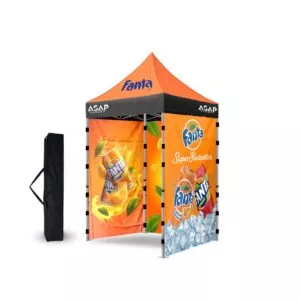
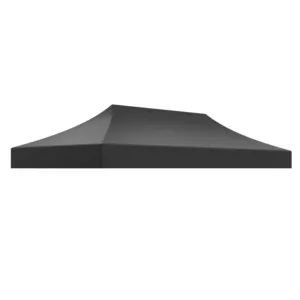
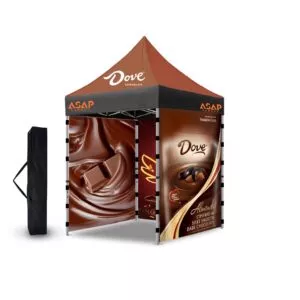
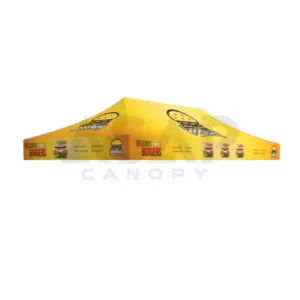
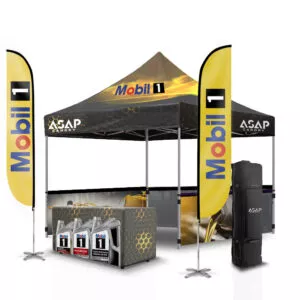
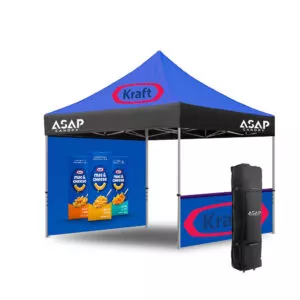
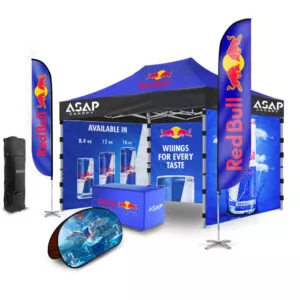
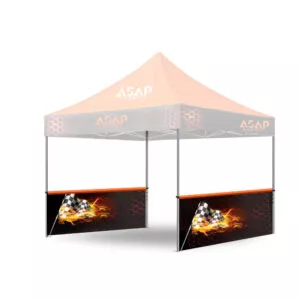
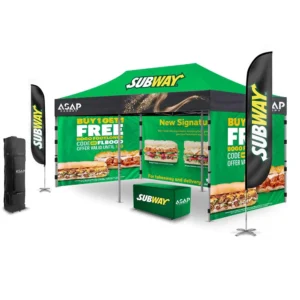
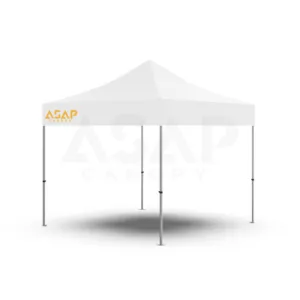
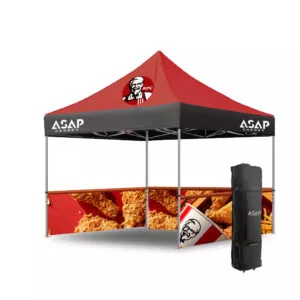
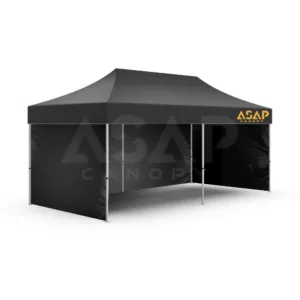
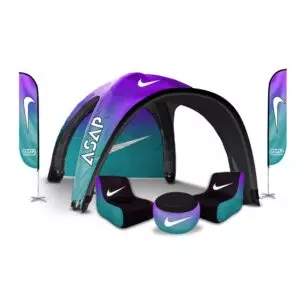
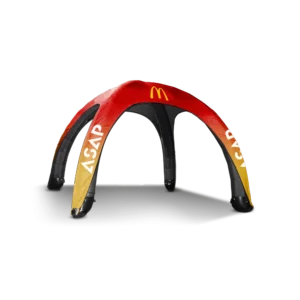
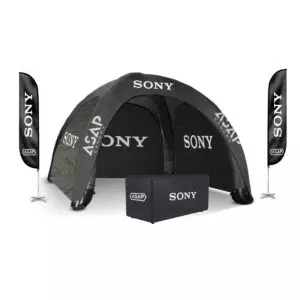
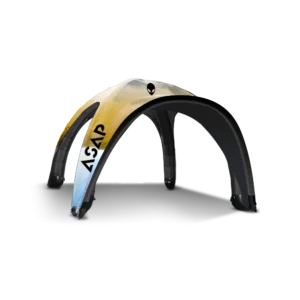
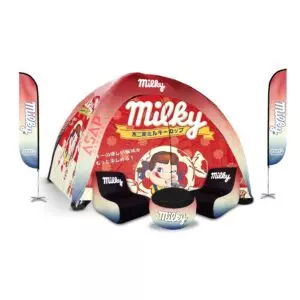
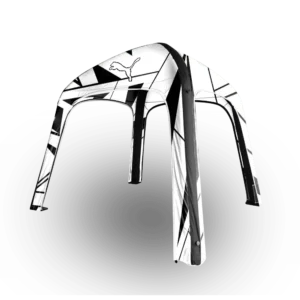
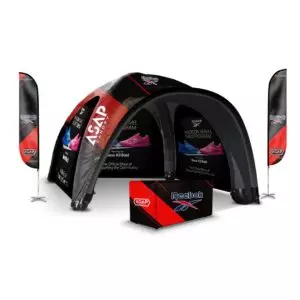
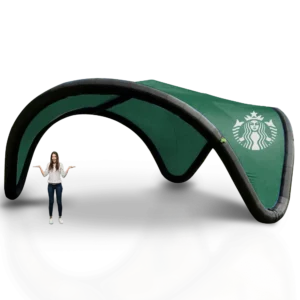
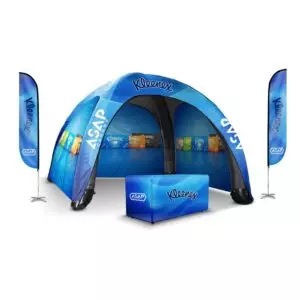
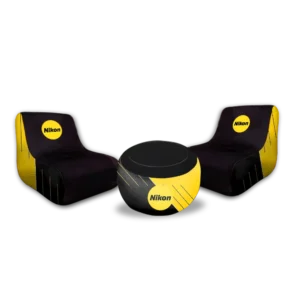
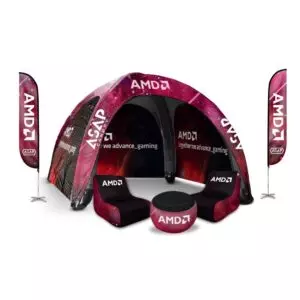
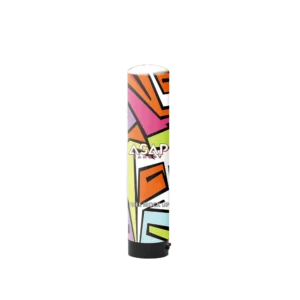
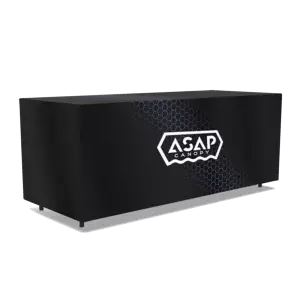
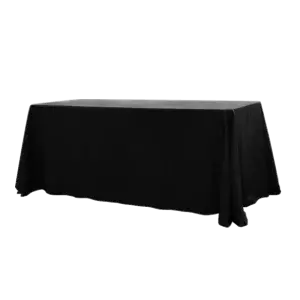
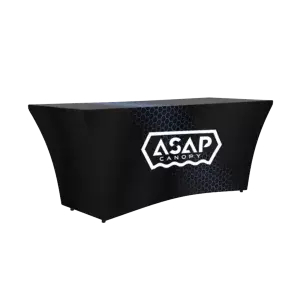
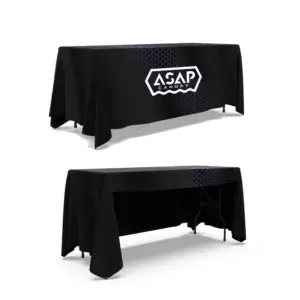
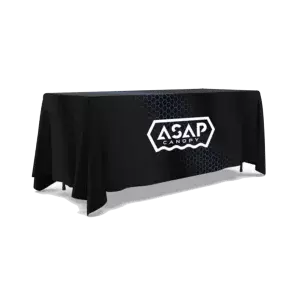
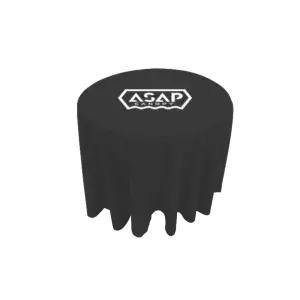
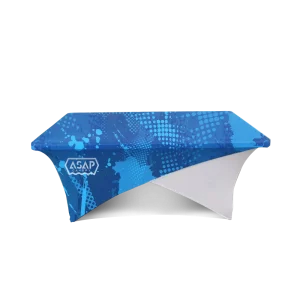
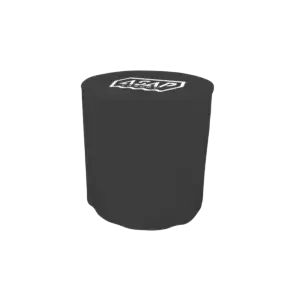
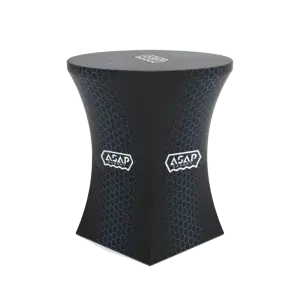
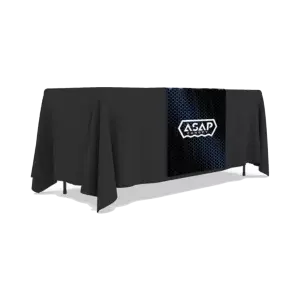
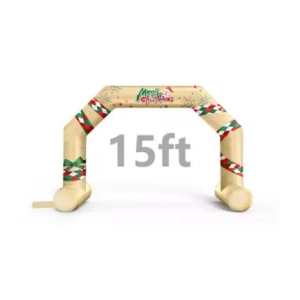
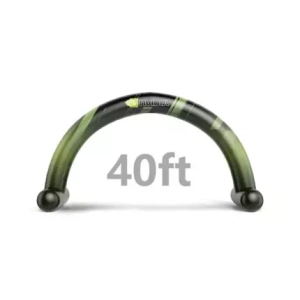
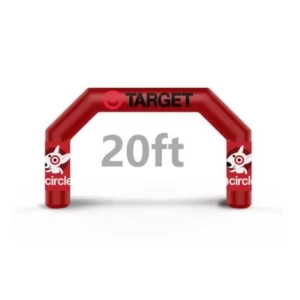
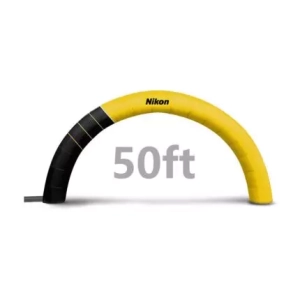
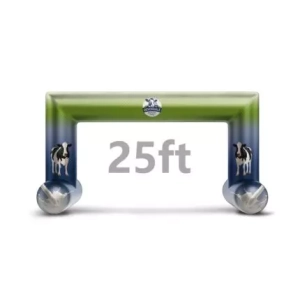
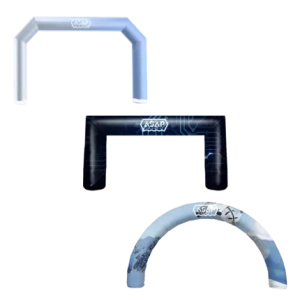
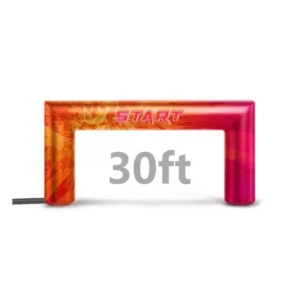
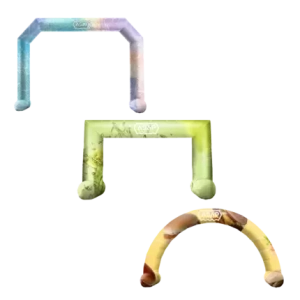

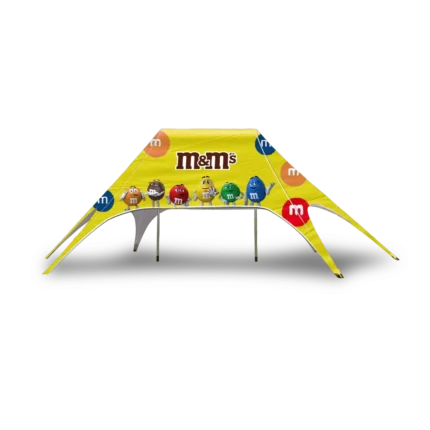
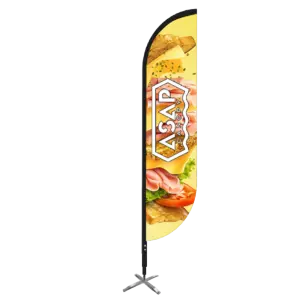
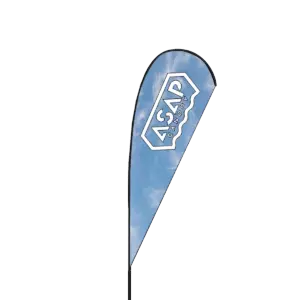
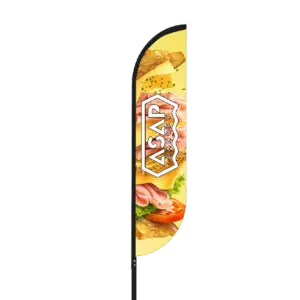
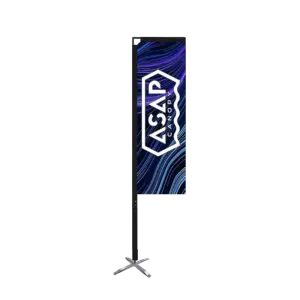
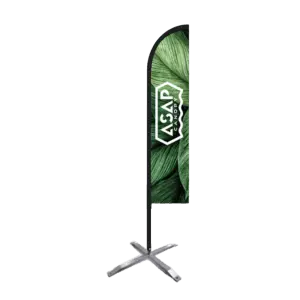
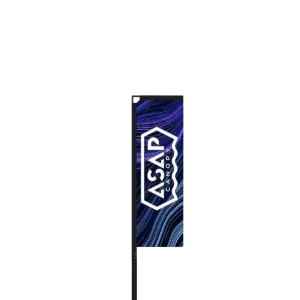
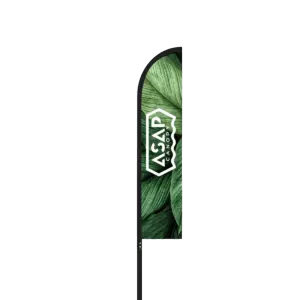
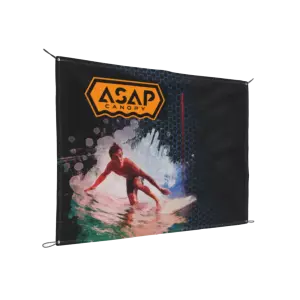
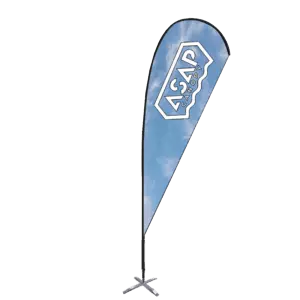
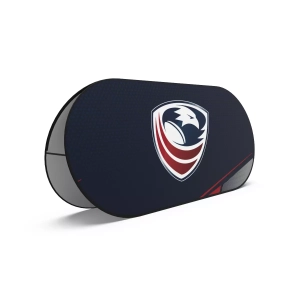
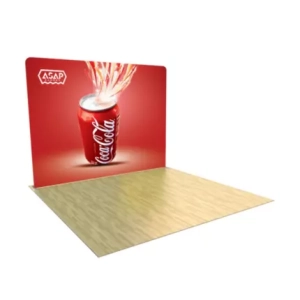
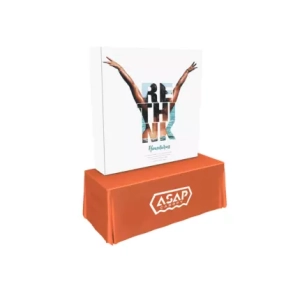
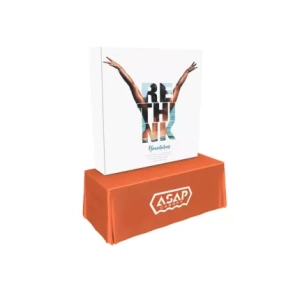
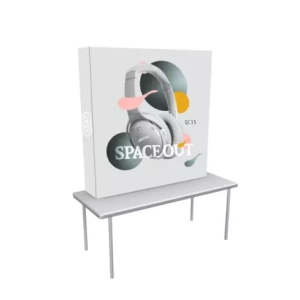
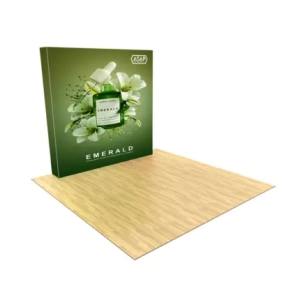
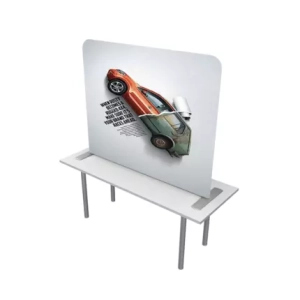
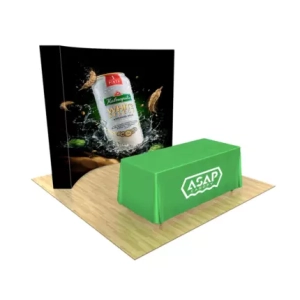
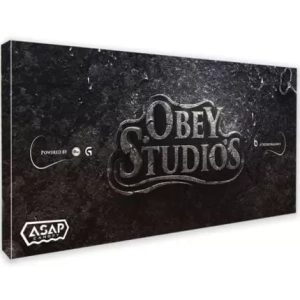
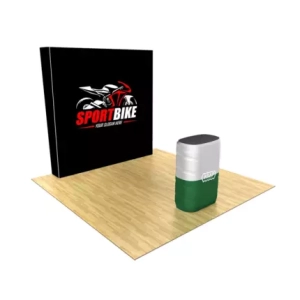
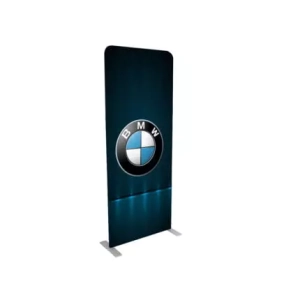
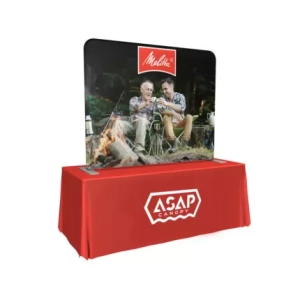
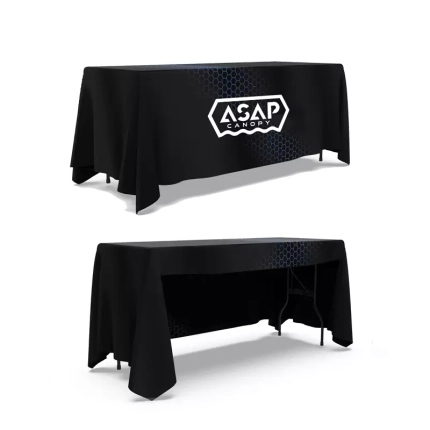
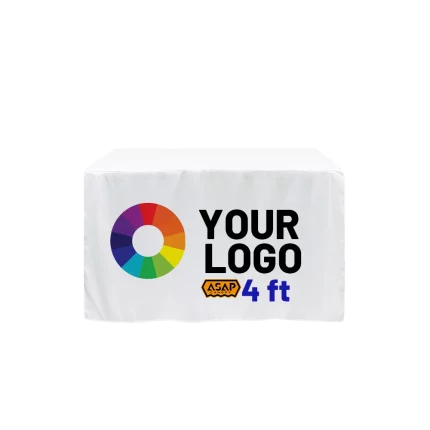
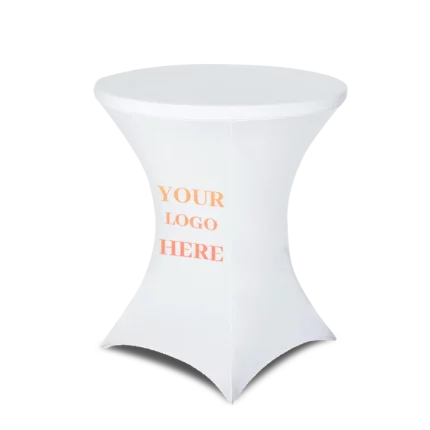
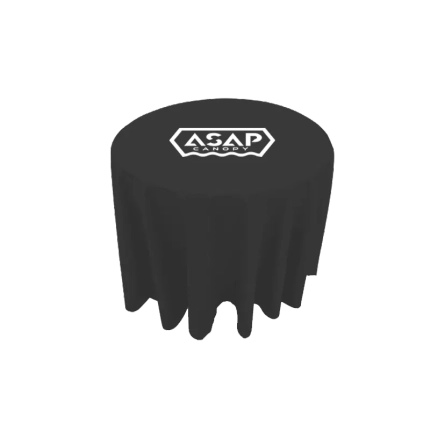
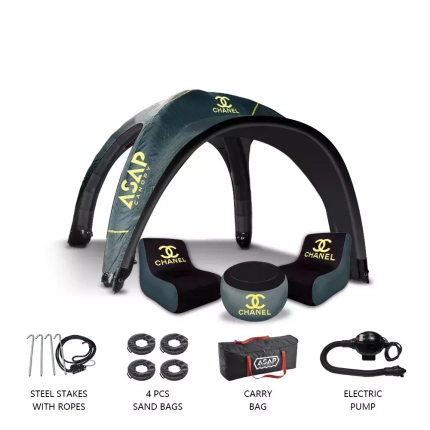
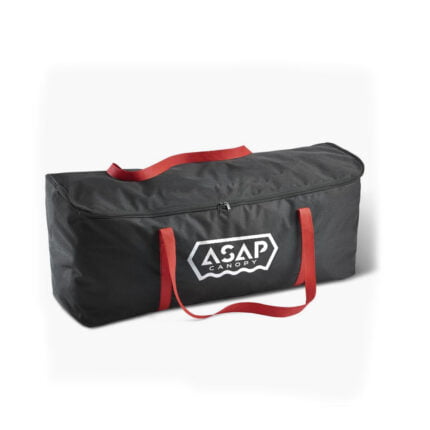
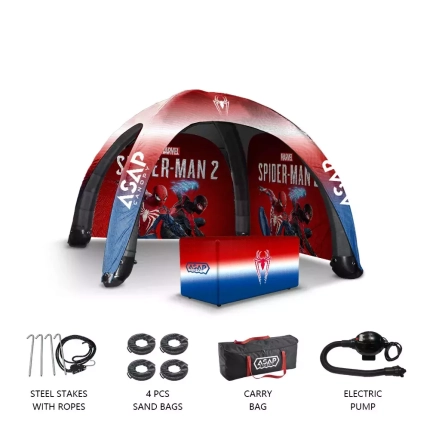
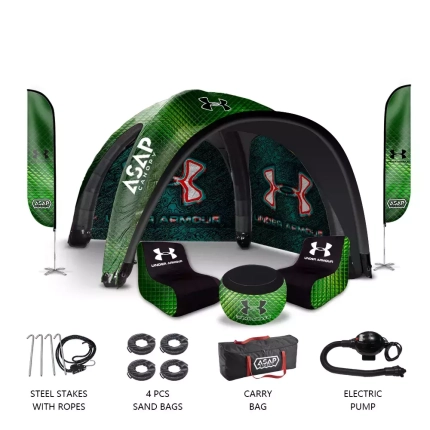
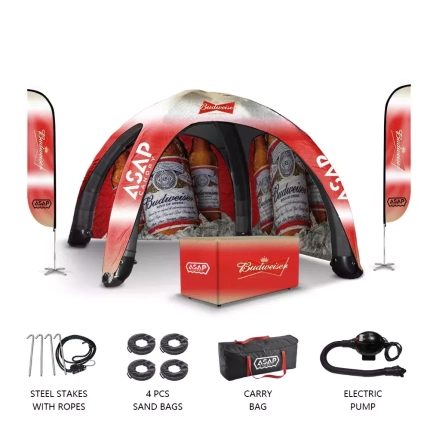

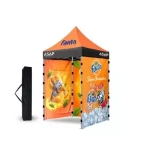 5×5 Pop Up Tent
5×5 Pop Up Tent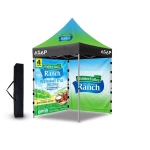 6.5×6.5 Pop Up Tent
6.5×6.5 Pop Up Tent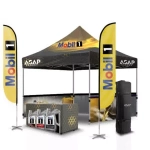 10×10 Canopy Tent
10×10 Canopy Tent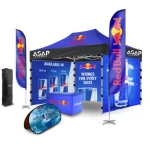 10×15 Canopy Tent
10×15 Canopy Tent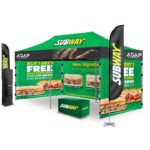 10×20 Canopy Tent
10×20 Canopy Tent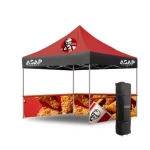 Canopy Options
Canopy Options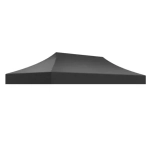 Blank Canopy Top
Blank Canopy Top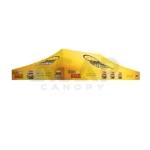 Canopy Top
Canopy Top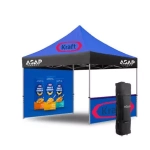 Canopy Walls
Canopy Walls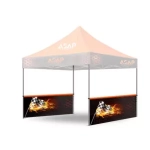 Canopy Side Skirt
Canopy Side Skirt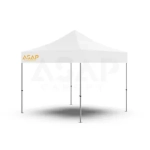 Blank Canopy
Blank Canopy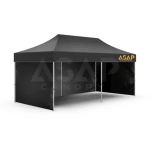 Blank Canopy Kit
Blank Canopy Kit
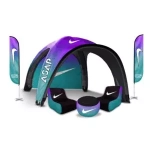 Inflatable Canopy Tents 10×10
Inflatable Canopy Tents 10×10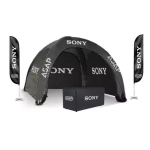 Inflatable Canopy Tents 13×13
Inflatable Canopy Tents 13×13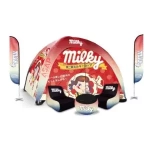 Inflatable Canopy Tents 16×16
Inflatable Canopy Tents 16×16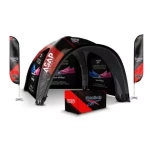 Inflatable Canopy Tents 20×20
Inflatable Canopy Tents 20×20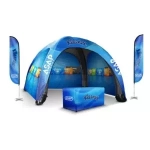 Inflatable Canopy Tents 23×23
Inflatable Canopy Tents 23×23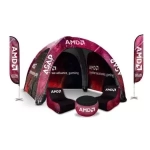 Inflatable Canopy Tents 26×26
Inflatable Canopy Tents 26×26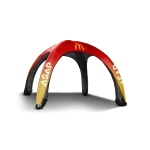 Inflatable Spider Tents
Inflatable Spider Tents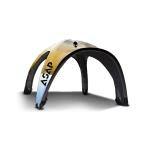 Inflatable Dome Tents
Inflatable Dome Tents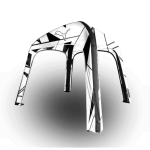 Inflatable Eclipse Tents
Inflatable Eclipse Tents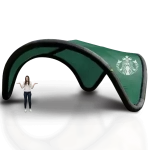 Inflatable Party Tent
Inflatable Party Tent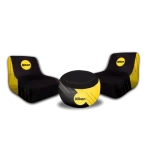 Inflatable Furniture
Inflatable Furniture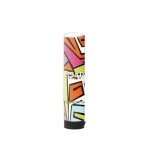 Inflatable Pillar
Inflatable Pillar
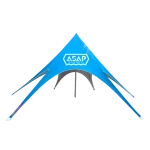 Single Pole Star Tents
Single Pole Star Tents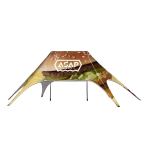 Double Pole Star Tents
Double Pole Star Tents
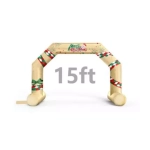 15FT Inflatable Arches
15FT Inflatable Arches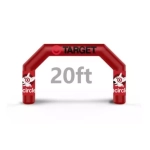 20FT Inflatable Arches
20FT Inflatable Arches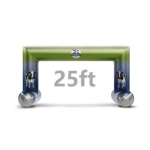 25FT Inflatable Arches
25FT Inflatable Arches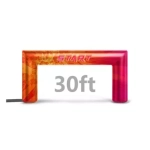 30FT Inflatable Arches
30FT Inflatable Arches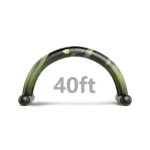 40FT Inflatable Arches
40FT Inflatable Arches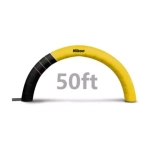 50FT Inflatable Arches
50FT Inflatable Arches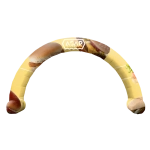 Custom Constant Arches
Custom Constant Arches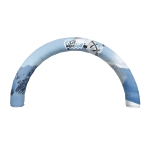 Custom Sealed Arches
Custom Sealed Arches
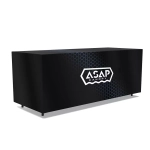 Fitted Table Covers
Fitted Table Covers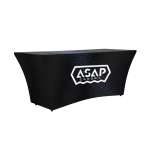 Stretch-Fit Table Covers
Stretch-Fit Table Covers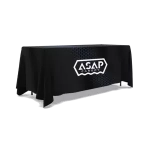 Loose Table Throws
Loose Table Throws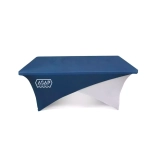 Cross-Over Stretch-Fit Table Cover
Cross-Over Stretch-Fit Table Cover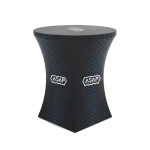 Round Stretch-Fit Table Cover
Round Stretch-Fit Table Cover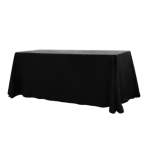 Blank Table Throws
Blank Table Throws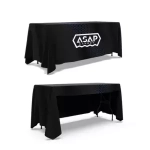 3-Sided Loose Table Throw
3-Sided Loose Table Throw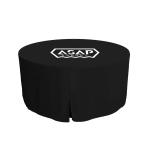 Round Fitted Table Covers
Round Fitted Table Covers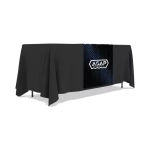 Table Runners
Table Runners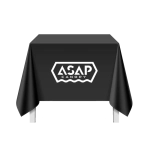 Square Table Covers
Square Table Covers
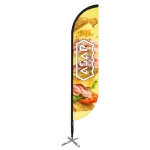 Feather Flags
Feather Flags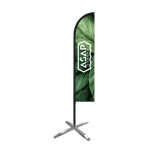 Blade Flags
Blade Flags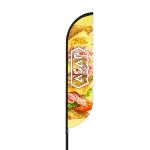 Feather Banner
Feather Banner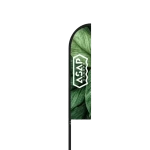 Blade Banner
Blade Banner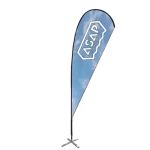 Teardrop Flags
Teardrop Flags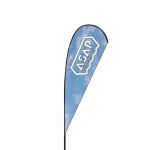 Teardrop Banner
Teardrop Banner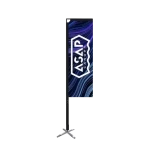 Rectangle Flags
Rectangle Flags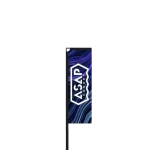 Rectangle Banner
Rectangle Banner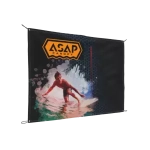 Mesh Event Banners
Mesh Event Banners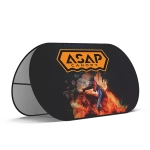 Pop Out Banner Horizontal
Pop Out Banner Horizontal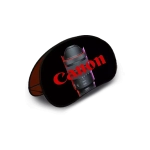 Pop-Out Banner Vertical
Pop-Out Banner Vertical
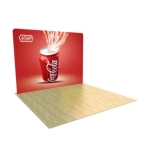 Trade Show Display
Trade Show Display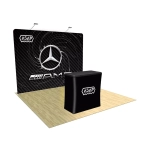 Trade Show Display Kit
Trade Show Display Kit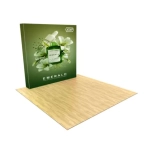 Pop Up Trade Show Display
Pop Up Trade Show Display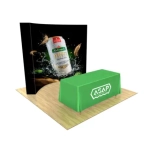 Pop Up Trade Show Display Deluxe Kit
Pop Up Trade Show Display Deluxe Kit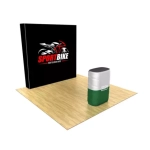 Pop Up Trade Show Display Kit
Pop Up Trade Show Display Kit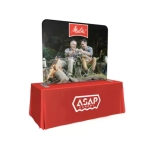 TableTop Displays Kit
TableTop Displays Kit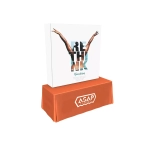 Pop Up Tabletop Display Kit
Pop Up Tabletop Display Kit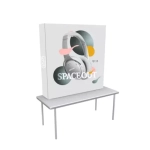 Pop Up Tabletop Display
Pop Up Tabletop Display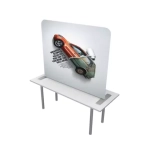 Tabletop Display
Tabletop Display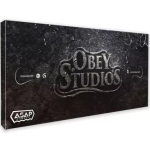 Straight Trade Show Exhibit Booth
Straight Trade Show Exhibit Booth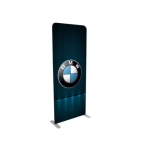 Banner Stand
Banner Stand
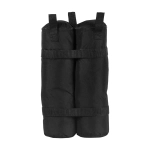 Tent Accessories
Tent Accessories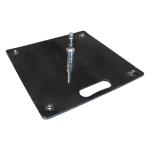 Flag Accessories
Flag Accessories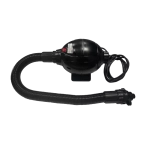 Arch Accessories
Arch Accessories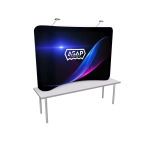 Trade Show Accessories
Trade Show Accessories
